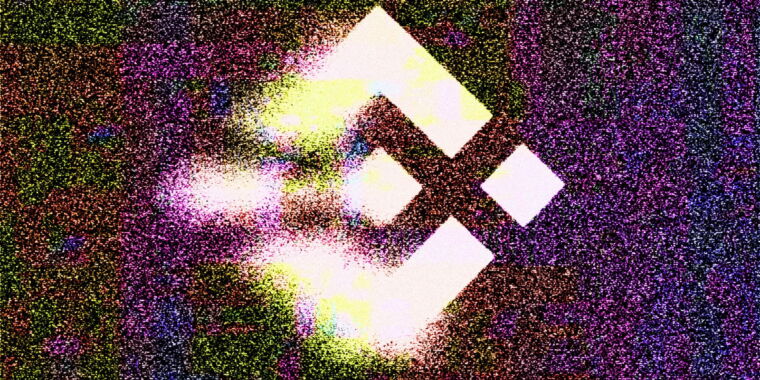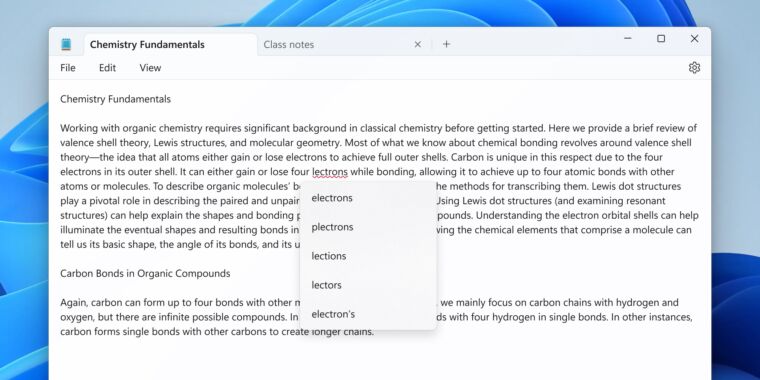
Paul Macklin
Good morning. It’s December 7, and today’s photo takes us toward the iconic Cassiopeia constellation. One of the most colorful features in this constellation is the Heart Nebula, which is also known as the Running Dog Nebula because, well, I’ll let you figure that out for yourself.
The nebula itself is located about 7,500 light-years from Earth. It is also rather large, spanning 2° of the night sky, or an area larger than that covered by the Moon. The Heart Nebula’s shape is driven by supermassive stars in its core, with the blue colors produced by ionized oxygen and sulfur.
The image comes courtesy of Paul Macklin, who captured 72 hours of imaging data from his backyard in Indiana before processing it. The photograph combines four separate mosaics: Sulfur II (deep red), Hydrogen-alpha (red-orange), Oxygen III (blues), and Hydrogen-beta (deep blue). Clearly, it was produced with love.
Source: Paul Macklin
Do you want to submit a photo for the Daily Telescope? Reach out and say hello.







